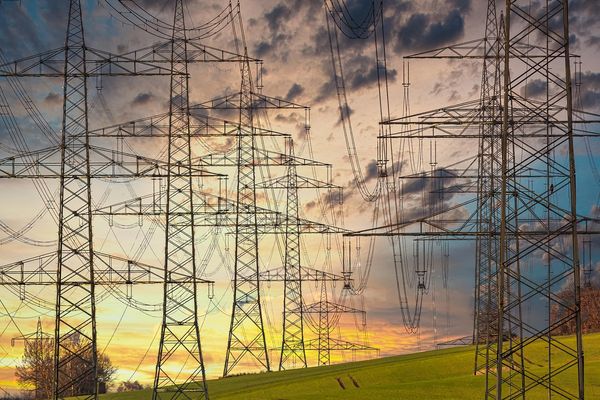Voters just approved $20 billion to be spent on water supply, infrastructure and education over the next 20 years. That funding is just the beginning, however, and it will only go so far, panelists said during the “Running Out” session at The Texas Tribune Festival.
And in a state where water wars have been brewing, and will continue to do so, the next legislature to take over the Capitol in 2027 will need to come with ideas.
Proposition 4, which will allocate $20 billion to bolster the state’s water supply, was historic and incredible, said Vanessa Puig-Williams, senior director of climate resilient water systems at the Environmental Defense Fund. She wants to see the state support the science and data surrounding how groundwater works and implement best management practices.
“Despite the fact that it is this critical to Texas we don’t invest in managing it well and we don’t invest in understanding it very much at all,” Puig-Williams said. “We have good things some local groundwater districts are doing but I’m talking about the state of Texas.”
That lack of understanding was highlighted when East Texans raised the alarm about a proposed groundwater project that would pump billions of gallons from the Carrizo-Wilcox Aquifer.
The plan proposed by a Dallas-area businessman is completely legal, but it is based on laws established when Texans still relied on horses and buggies, state Rep. Gary VanDeaver, R-New Boston said in the panel. In most counties, the person with the biggest and fastest pump can pull as much water from an aquifer as they want, as long as it’s not done with malicious intent.
Texas is at a point where it needs to seriously consider how to update the rule of capture because society has modernized, he added. People are no longer pulling water from the aquifers with a hand pump and two inch pipes.
“Modern technology and modern needs have outpaced the regulations that we have in place, the safeguards we have in place for that groundwater,” VanDeaver said. “In some ways we, in the legislature, are a little behind the times here and we’re having to catch up.”
The best solutions to Texas’ water woes may not even be found below ground, said panelist Robert Mace, the executive director of the Meadows Center for Water and Environment. Conservation, reuse and desalination can go a long way.
In Austin, for example, some buildings collect rainwater and air conditioning condensate. The city also has a project to collect water used in bathrooms, treat it and use it again in toilets and urinals.
Texas could also be a leader in the space for desalination plants, which separate salt from water to make it drinkable, Mace said. These plants are expensive, but rainwater harvesting is too. And so is fixing leaky water infrastructure that wastes tens of billions of gallons each year.
“There is water that’s more expensive than that. It’s called no water,” Mace said. “And if you look at the economic benefit of water it is much greater than that cost.”
Disclosure: Environmental Defense Fund and Meadows Center for Water & the Environment have been financial supporters of The Texas Tribune, a nonprofit, nonpartisan news organization that is funded in part by donations from members, foundations and corporate sponsors. Financial supporters play no role in the Tribune’s journalism. Find a complete list of them here.







